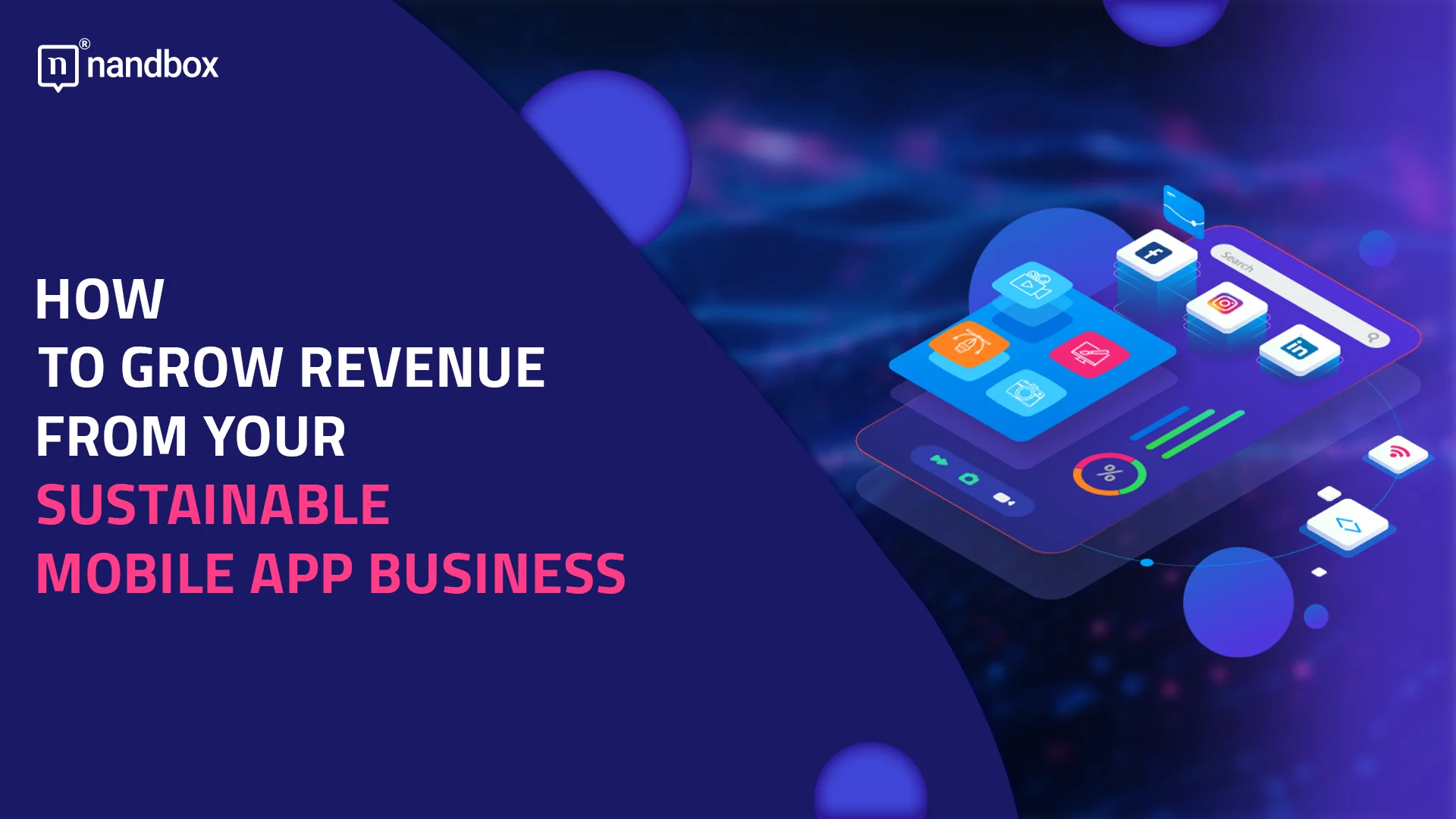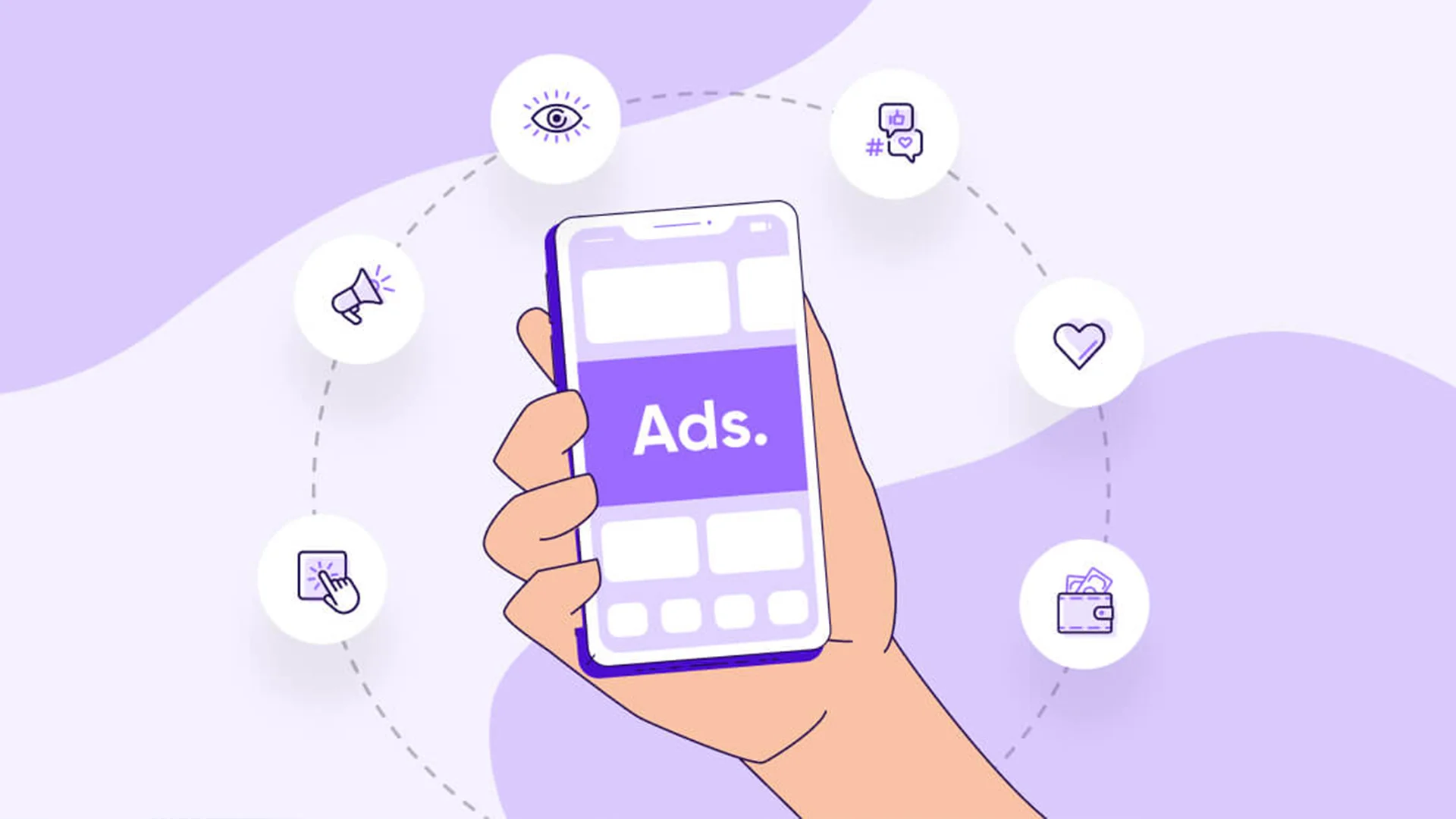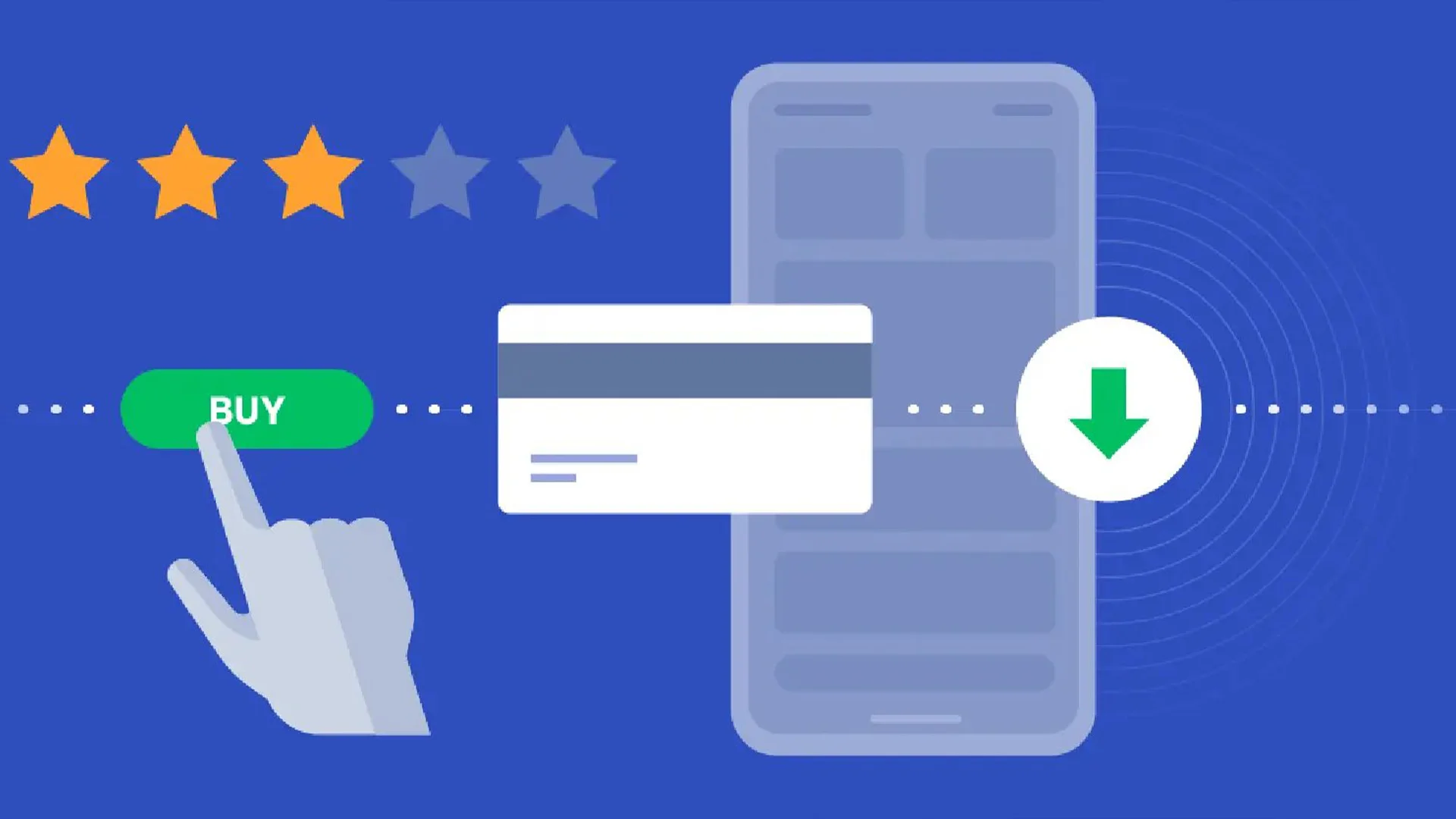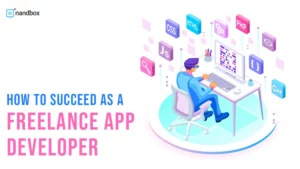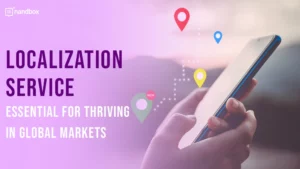Building an app is exciting. You dream up an idea, sketch designs, and watch developers bring it to life. But once it’s live, a question arises: how do apps make money in a real way? This guide lays out core steps to create a sustainable mobile app business that pays off. We’ll avoid fluff. We won’t promise “groundbreaking” results. We’ll focus on honest methods, user-friendly approaches, and stable growth.
Start with Your App’s Real Purpose
You need a clear reason for your app’s existence. That focus helps you shape every decision, from feature choices to pricing. If your app is aimed at education, your core features might be short lessons and quizzes. If your app is aimed at pet services, your core features might include appointment booking, pet care tips, and service tracking. This clarity matters because a scattered app rarely finds a loyal audience.
Defining your app’s purpose sets the foundation for your app’s business model. As financial expert Brandee Doyle from www.tremplocounty.com says, “Understanding your audience’s pain points and offering real value is crucial—if users don’t see how your app makes their lives easier, they won’t invest time or money in it.” You don’t have to solve every problem. Do one or two things well. Then, you can pinpoint how you’ll make money. Your audience should feel like your app fits their daily routine or addresses a gap in their life. If they don’t see real value, they won’t stay, and your revenue goals won’t come true.
Focus on a Modern, Smooth User Experience
Even the best idea can fail if people find your app clumsy or slow. Prioritize a design that’s easy on the eyes, quick to load, and simple to navigate. A slick interface, responsive buttons, and minimal lag help users focus on the core features. Test your layouts on various devices. Watch for glitches or awkward menus.
Marketing also matters. You can advertise through social media, blog posts, or app store campaigns. You can explore outside financing if you need extra funds to run ads or hire more developers. Some companies offer instant online loans for up to $5,000, and some local government initiatives may provide grants, loans, or programs to benefit your small business. That kind of support can boost your reach without straining your budget.
A modern interface plus well-placed marketing can spark interest. Pair that with stable performance, and users feel safe investing their time. They also feel more comfortable if you update regularly and fix issues quickly. App store reviews often mention crashes or glitches. Address them fast to show you’re listening.
Understand Who You’re Serving
Knowing your audience makes everything simpler. You can’t please everyone. If your sustainable mobile app business attracts busy office workers, they might only have five minutes at lunch to open it. Your interface might need bigger text and simpler navigation if you’re targeting retirees.
Try to gather real-world data before you add monetization features. Ask: Who are these people? How old are they? How tech-savvy are they? Are they willing to watch ads, pay a small fee, or subscribe long-term?
Surveys, interviews, or even a quick social media poll can help you learn what people expect. If you don’t have a big budget, free tools like Google Forms or Typeform work fine. You can post these surveys in relevant groups or forums. Simple questions about what they like, hate and might pay for can guide your entire plan. The more you listen, the less you’ll guess.
Pick Revenue Models That Fit
Your approach to earning money depends on the nature of your app and the users who download it. Some strategies are direct, like paid downloads. Others are subtle, like unobtrusive ads or optional in-app purchases. Not all methods suit every app, so choose wisely.
Paid Downloads
You put a price on your app in the store. This works if your tool meets a specialized need. People pay upfront if they trust it’ll solve their problem. But it’s tough if competition is high, because most users reach for free alternatives.
This approach might yield solid returns if you have a niche tool—a serious photo editor or a professional drafting app. One note: consider free trials. Many folks hesitate to buy blinds; a short test window can persuade them that your app is worth it.
In-App Ads
Ads are everywhere, but they can annoy users if you overdo them. Some apps place small banner ads at the bottom of the screen. Others show short videos to unlock a reward. The goal is to balance ad frequency and user experience. You don’t want to push people away.
If users only see one or two quick ads during each session, they might accept it. If they get hit with pop-ups every ten seconds, they’ll leave. Test different placements and monitor how your audience reacts. Tools like AdMob from Google make ad integration simpler.
Subscriptions
A subscription model can work if you offer ongoing value. Think streaming services or fitness apps that update workouts each week. You might offer basic content for free, then charge for premium features.
You have a steady monthly or yearly income if you collect enough paying users. This helps you forecast and plan. But be sure to update your content regularly. If you promise exclusive lessons, new features, or special support, you must deliver.
Freemium
This model blends free access with optional upgrades. The free portion of your app has real value, but advanced perks are behind a paywall. If your free version is too bare, people will uninstall it. If it’s too generous, nobody will upgrade. Finding the right balance is an art. A well-designed freemium approach can convert casual users into paying fans over time.
In-App Purchases
This is standard in many games, but other apps use it too. You can sell virtual items, special tools, or ad-removal options. Some in-app purchases are consumable, like a package of coins you spend in a puzzle game. Others are permanent, like a one-time fee to remove ads. Keeping these purchases fair and reasonably priced encourages more people to try them.
Sponsorships and Partnerships
If you have a specific audience, you can team up with brands that want to be seen. A running app could partner with a sneaker company to run a joint challenge, such as launching exclusive collections or running promotions to attract users. Collaborations like Adidas and Stepn provide an opportunity to offer users a unique experience and beneficial brand interactions using modern digital products. You earn revenue, and the sponsor gains new customers. Just be transparent. Users spot sneaky product placements, and it breeds distrust.
Stay Flexible with Your Sustainable Mobile App Business Model
Markets shift fast. A method that worked last year might fail tomorrow. Stay alert. If you notice more users complaining about intrusive ads, maybe it’s time to reduce ad frequency or introduce an ad-free subscription. If your subscription sign-up rate plummets, see if your pricing or content is the problem. Regularly check app store reviews, social media chatter, and usage data.
Consider layering multiple revenue streams if it makes sense. You might show a few polite ads to free users while offering a subscription to heavy users. Mix things up carefully. You don’t want to overwhelm your audience with too many pop-ups or fees. Test each idea with a small group first. Gather feedback. Refine your approach.
Watch User Retention Above All
An app with high downloads but low retention is a headache. You spend money to get users, but they vanish quickly. Retention means people come back. To encourage that, fix bugs fast, respond to user questions, and release improvements regularly. Even small updates — like new color themes — can remind users your app is alive and improving.
Add community features if they fit. For example, you could create a leaderboard for your puzzle game, and people would return to stay on top. You could also offer a chat forum inside your language app so that learners can share tips. Social ties keep people engaged. The longer they stay, the more comfortable they might be with paying for extra features or a small subscription.
Track Metrics That Matter
Data helps you see what’s working. If you only look at downloads, you’ll miss hidden problems. Monitor user retention over the first week, month, and quarter. Keep tabs on how many paying users you have. Calculate your Lifetime Value (LTV), which is the average amount each user spends over their entire time with your app. Look at the churn rate, especially for subscriptions. If you see a sudden spike in cancellations, you need to figure out why.
Analytics tools like Mixpanel and Amplitude can show user behavior patterns. Maybe you’ll notice people drop out after finishing level three of your game. You can investigate that level for difficulty or confusion. If you fix that bottleneck, you might increase users’ chances to stay longer and potentially spend money.
Stay on the Right Side of Legal and Ethical Rules
If you ignore the rules, your app could fail. Data privacy laws require transparency about collecting and storing user information. In the U.S., it’s important to comply with laws like the California Consumer Privacy Act (CCPA) and other local privacy regulations.
Draft a clear Privacy Policy. Explain what data you gather and why. If you track location, say so plainly. Also, create Terms of Service that detail user responsibilities. You might ban hate speech, outline rules for refunds, or specify what happens if someone misuses your app. It’s not glamorous, but ignoring it can lead to fines, lawsuits, or store removals.
Avoid sneaky design patterns. Don’t hide the “cancel subscription” button in a menu labyrinth. Don’t trick users into purchases with misleading pop-ups. Respect your audience. Over time, ethical behavior pays off in loyalty and positive reviews.
Plan Your Finances Carefully
Creating an app isn’t free. You might spend money on development, design, marketing, servers, and customer support. If you’re working with a small team, track your hours too. Each bug fix and each new feature has a cost in terms of time or money. Don’t ignore it.
Set a realistic budget. Your monthly burn rate includes ongoing server fees and developer wages. If you rely on a subscription model, estimate how many subscribers you need to break even. Suppose your app hosting and staff costs run about $2,000 a month. A $5 monthly plan means you need 400 subscribers to cover that. If you only have 100 subscribers, you’ll need another revenue source or outside funding.
Funding might come from bootstrapping — using your savings — or pitching to friends. You might also seek angel investors or venture capital, but that usually means giving up some control or equity. A crowdfunding platform can work if your app has a unique angle with an active community. Whichever route you choose, have a plan for repaying or rewarding your backers. Blind promises hurt your reputation if things don’t go smoothly.
Check Local Resources
Online guides help, but local laws and business conditions can vary. If you want more specific advice, you can look at places like XDA Forums or BlackHatWorld for possible articles, forums, or links to local business regulations. Sometimes, regional grants or small business programs can give you a push if you’re developing an app that benefits your community. Explore those options, because every bit counts when you’re trying to build a sustainable mobile app business.
Examples of Real Monetization Paths
- A Simple Task Manager
Maybe you can build a to-do app with an elegant design. You keep it free, but insert one small banner ad on the main screen. You notice some users hate ads, so you offer a one-time purchase to remove them. You also add a subscription tier with advanced color coding and priority customer support. Some power users pay monthly, many free users continue with the ad version, and a handful make a one-off purchase to remove ads. You’ve created a layered approach without burdening anyone. - A Daily Fitness App
This app delivers workout videos and tracks user progress. The base version includes a few free exercises. A monthly subscription unlocks everything, plus weekly challenges. You keep your user base engaged by posting fresh routines. You do small surveys to learn which body areas or workouts they want. You see that many people like partner exercises, so you add a feature to pair up with a friend for a shared challenge. That keeps them around longer, which supports your recurring revenue. - A Language Learning Platform
You start by offering a free trial with a limited set of lessons. You then prompt users to upgrade to a premium tier for advanced grammar modules, offline access, and specialized vocabulary packs. You also offer optional in-app purchases for unique phrasebooks (maybe business vocabulary or travel phrases) that cost a few dollars each. People buy them if they find value, but casual learners can stick to the basics. You keep legal disclaimers clear so folks understand your subscription terms.
These scenarios show how different apps can handle monetization without irritating their user base. Each approach is built around real user needs, so it doesn’t feel forced or manipulative.
Stay Updated and Ready to Adapt
Technology changes. User tastes shift. New laws come out. Don’t get complacent. Schedule regular reviews of your user metrics, revenue streams, and competitor moves. If your competitor launches a fresh feature that draws users away, brainstorm a response. Maybe you can add something unique or improve your support services.
Consider user feedback, ratings, and comments a gift. Even harsh reviews can reveal areas for growth. Some of the best app updates emerge from user critiques. Addressing real complaints shows you care, which fosters goodwill. A loyal user is likelier to pay for your services or recommend your app to a friend.
Keep Your Mindset Long-Term
Remember, a sustainable mobile app business isn’t a quick race. It’s more like a steady jog. You won’t see massive profits overnight. It takes time to polish your user experience, figure out the best monetization model, and build trust. You might see small wins first — like a few hundred dollars a month from ads or in-app purchases. Use those funds to improve the product, maybe by hiring a part-time developer or adding a user support agent. Little by little, you can scale.
If you remain flexible, you can change your plan as your user base grows. Maybe subscriptions become your biggest moneymaker, so you reduce ads. Or you see that corporate partnerships bring in steady revenue, so you focus more on that. Keep your eyes open to new chances. An app that solves a small problem today can evolve into a broader platform tomorrow.
Conclusion
Monetizing an app is less about quick tricks and more about building trust, serving a specific need, and staying open to feedback. Choose revenue models that make sense for your users. Keep legal obligations in mind. Budget well so you can keep improving your product. Measure key metrics like retention and churn so you know where to adjust. If you show respect for your users, they’re more likely to support your paid tiers or watch the occasional ad.
Your journey won’t look the same as anyone else’s. Some apps thrive on one-time purchases. Others find gold in subscriptions or brand sponsorships. The best approach is the one that aligns with your core purpose and target audience. If you stay honest, keep your app stable, and remain attentive to user needs, you have a real shot at building a profitable sustainable mobile app business that grows over time. Good luck making your vision a success!
nandbox App Builder
nandbox App Builder aligns perfectly with the techniques mentioned in this guide, giving a no-code platform that lets enterprises and individuals to create fully functional mobile apps without hefty development expenditures. Whether you want to make money through ad placements, subscriptions, or in-app sales, nandbox gives you the freedom to easily combine different income streams. Its simple interface provides a flawless experience for producers and end users, therefore reducing design and functional friction. Built-in capabilities include e-commerce connection, booking systems, and push alerts let nandbox let app owners maximize engagement and retention while meeting needs of their audience. Because of regular updates and attentive customer service, it is also a consistent choice for long-term sustainable mobile app business success.

